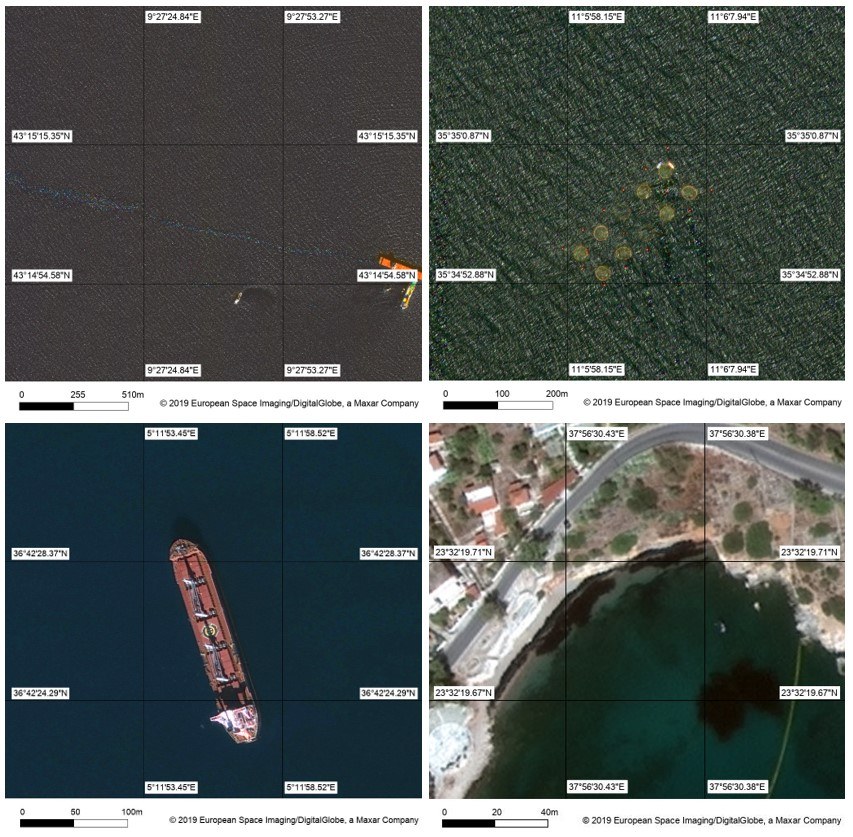Team: Maritime Safety and Security Lab
The team is part of the Neustrelitz Maritime Safety and Security Lab established in 2014. The cross institutional research, comprised of the German Remote Sensing Data Center (DFD) and the Institute of Communication and Navigation (IKN), combines expertise in the areas of real-time satellite-supported remote sensing and maritime traffic engineering.
Our work is carried out in the context of assuring safe shipping, protecting oceans and coastal waters, and supporting public authorities in their efforts to combat activities like ocean dumping of hazardous material, illegal fishery, and piracy.
Our research is focused on deriving information products from optical remote sensing data and fusing them with data from other sources, such as AIS (Automatic Identification System) for ship tracking. Data from various satellite missions are used to extract information relevant for maritime safety. The resulting value-added products contain information for locating and classifying ships, hazardous material information such as oil spills, or the classification of sea ice. In addition, the team develops system solutions for operational and highly automated applications using our own research results as well as radar processors provided by the Bremen Maritime Safety and Security Lab. The focus of all developments is on the generation and provision of user-specific information in (near) real time, including analyses of hardware solutions like employing graphic processing units (GPU) for dedicated processing.
Sentinel-2B (16.08.2020) © 2020 ESA, Stranded freighter MV Wakashio (lower right) on the southeast coast of Mauritius
The Earth Observation Maritime Surveillance System (EO-MARISS) within the scope of our research activities consists of thematic processors, a framework, and a front-end interface for product visualisation. This forms the bracket of application-oriented research for us, which takes the entire process chain into account, including the following questions:
- Development of thematic processors
- Image data processing up to Level 2 orthorectification
- Data fusion (e.g. radar, optical earth observation data, and AIS)
- Development of user-specific products
- Development of information technology systems components for real-time processing, visualising and supplying remote sensing data
- Processor integration and validation
The developed methodologies and systems capabilities are tested, validated and optimised in projects and campaigns with scientific, governmental and industrial users. If you are looking for a partner for maritime challenges, please contact us.


